I'm trying to measure the output voltage of a constant current LED driver that ranges from 140VDC to 170VDC. I'm using an STM32 MCU which is powered by a separate external power source to measure the voltage. The most common circuit is to use a simple potential divider to step down the voltage from my research. However, this means the ground will have to be shared between the two systems which I would like to avoid. I have multiple LED drivers and MCU pairs. All the LED drivers have their own power source whereas all the MCU shares the same power source.
1. How can I achieve this at low cost?
2. Can I simply connect the LED- to my MCU ground?

